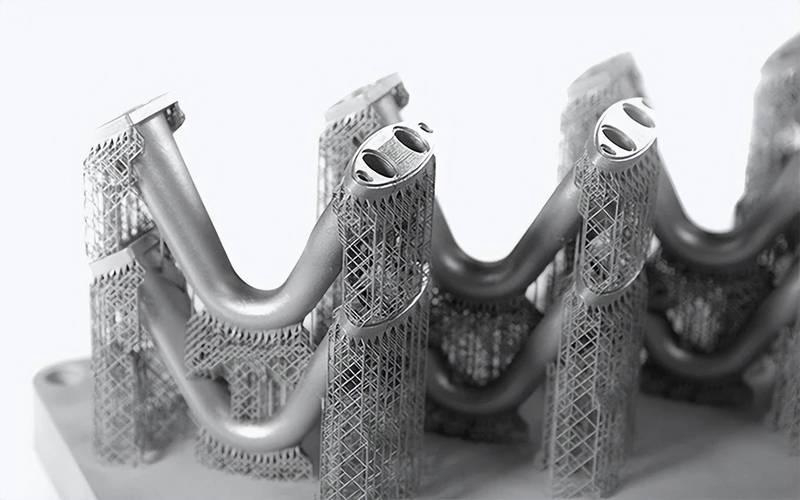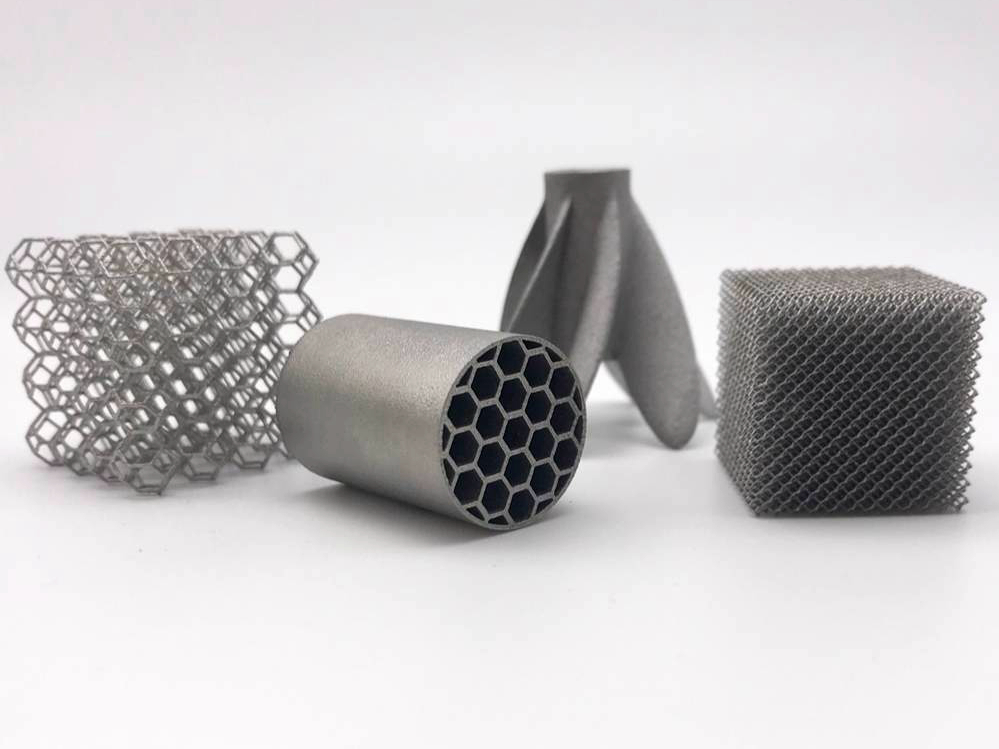What are the dimensional or geometric tolerances affected by heat treatment?
What Are the Dimensional or Geometric Tolerances Affected by Heat Treatment?
Why Heat Treatment Affects Dimensional Accuracy
Heat treatment alters the internal structure and stress state of metal 3D printed parts. Processes such as annealing, tempering, and solution aging cause thermal expansion, phase transformation, and stress relaxation—all of which can lead to dimensional changes. While these changes are often minor, they are critical for applications requiring tight tolerances (±0.01 mm or less).
Common Dimensional Deviations
1. Linear Shrinkage or Expansion
Thermal cycles may result in uniform or anisotropic shrinkage depending on the material, geometry, and build orientation. For example:
Ti-6Al-4V: may shrink ~0.1–0.2% after annealing at 700–800°C
Inconel 718: experiences minor dimensional shifts due to gamma-prime precipitation during aging
Tool Steel 1.2709: shows dimensional stability after aging, but can distort during solution treatment
2. Warpage or Bending
Residual stress relaxation can cause localized deformation. Thin-walled parts, overhangs, and unsupported geometries are most susceptible.
Stress relief in SUS316L can reduce built-in stress but may result in slight bowing of flat features
Long, slender features in Tool Steel H13 may deform if not fixtured properly during tempering
3. Hole Diameter and Bore Distortion
Internal features such as holes and slots may expand or shift, especially if oriented vertically in the build direction.
Tolerances of ±0.02 mm can drift to ±0.05 mm after heat treatment without proper design allowances
Cylindricity and concentricity may be affected by uneven thermal distribution
Materials with High Thermal Stability
Some alloys offer greater dimensional stability under heat:
Tool Steel 1.2709: minimal distortion after aging
SUS630/17-4 PH: stable during H900 aging
Haynes 230: retains geometry during high-temperature processing
Design and Process Considerations
Allow shrinkage allowances: typically 0.1–0.3% depending on material and geometry
Use symmetric designs: to minimize uneven distortion during thermal cycling
Apply post-heat CNC finishing: to restore tight tolerances and critical dimensions
Recommended Services for Dimensional Accuracy
To control geometry after thermal processes, Neway 3DP offers:
Heat Treatment With thermal profiles designed to minimize deformation
CNC Machining For final dimensional refinement and tolerance recovery
Hot Isostatic Pressing Enhances material density without significant shape distortion



